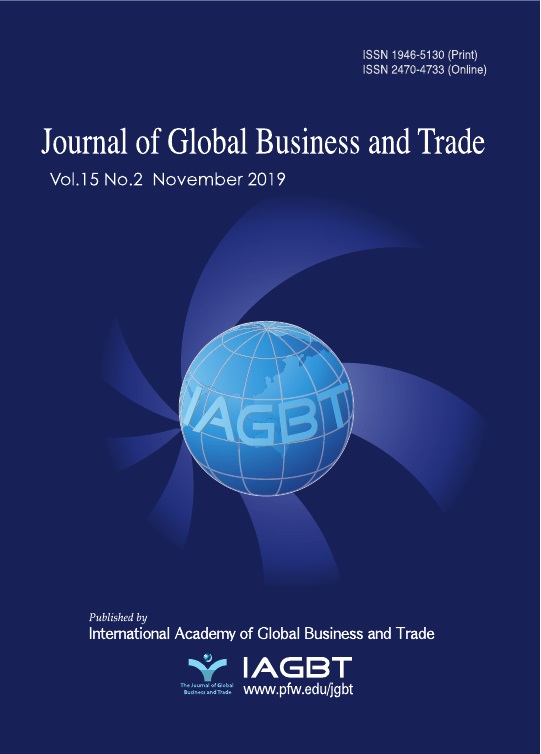Purpose – This research assessed shrimp farmers’ awareness, perception, adoption, and certification as well as
discussed the challenges relative to the Philippine National Standards Code of Good Aquaculture Practices
(GAqP) in the three municipalities of Bulacan, the Philippines, Hagonoy, Paombong, and Calumpit, to gauge
their readiness toward exploring trade opportunities.
Design/Methodology/Approach – The exploratory and pioneering assessment was based on the farm
production practices and challenges encountered by fifty (50) shrimp farms in the study area, which were
obtained through in-depth interviews using a semi-structured questionnaire and observations on the
respondents’ shrimp farming practices. The adoption of GAqP practices was measured by frequency count of
the number of farmers who practiced or complied with the standards.
Findings – Results showed that only two of the respondents were aware of the term GAqP, as the majority
were not familiar with GAqP, nor with the certification process. However, it was observed that the current
practices of the farmers were already compliant with almost half of the standards specified in GAqP.
Furthermore, it was noted that the respondents adopted certain standards that were related to the production
aspects of shrimp rearing, but other aspects, such as environmental, socio-economic, and animal welfare, were
rarely followed.
Research Implications – The current production of shrimp in the study area will not be sustainable unless full
adoption with GAqP is achieved. Certain issues regarding adoption and certification of GAqP were identified,
which included a lack of information dissemination, an absence of demand for certified products in the local
market, and misaligned goals of national and local government for the implementation of standards. To address
these issues, intensification of GAqP implementation, information dissemination, and development of an
incentive program for GAqP compliance are recommended if shrimp industry players are to take advantage of
burgeoning trade possibilities, particularly in the export market.




